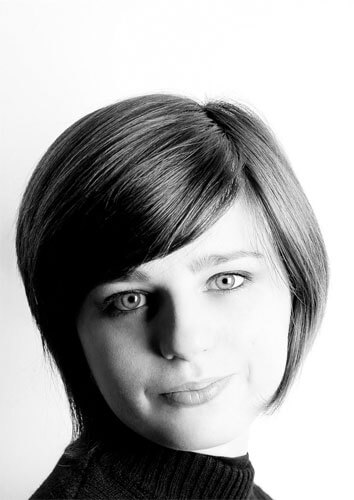Aurore Valade is a French photographer born in 1981. She creates images that play with the iconic register of scenography. In these elaborate stagings, we are often confronted with clichés, meaningful reflections of a social, economic, or cultural situation in contemporary life.
In 2008, she won the HSBC Prize for Photography for a series in which she photographs people who perform their own roles, in their interiors. From there, his work evolved into a political approach to the image. In 2015, she was an artist member of the Casa de Velázquez (Académie de France in Madrid), where she initiated research on indignation which gave rise to the Digo yo and
Se manifester series, for which she obtained the Photo Folio Prize. Review of the Rencontres d'Arles1 Festival in 2017. Very elaborate, the staging of his photographs can be considered as
"significant reflections of a social, economic or cultural situation of our time but also certain values which question the limits of privacy."Source: Wikipedia
It has been said that intimacy is connected to the art of talking about life. That art is precisely what Aurore Valade’s project summons. Her starting point is the art of conversation: con-verse means to go with another, to walk along the same road together, and that is what gives rise to the collaboration between the artist and those she photographs. Aurore Valade explores an “intimacy liberated” by the desire to share the voice and listen to other voices of those who recognize that every life is exceptional, for, each time, that life is always the only one that can be lived.
Each of these photographs shows a shared space that concentrates and exudes that irreducible, excessive vitality. That is why Aurore Valade wanted to explore the specific space in which there is a constant tension between the intimate and the political, where its liberation is always transgressive and inhabits the very heart of revolt.
Source: Arles - Les Rencontres de la Photographie
